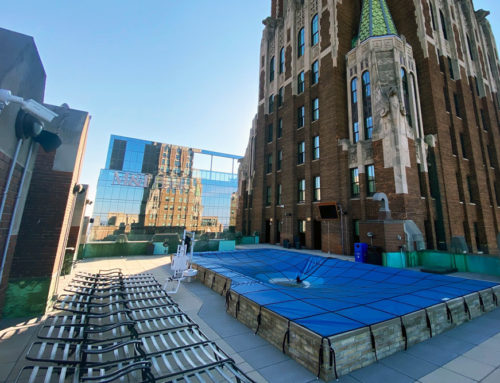Lifeguard services today rely more heavily on rescue floatation equipment than they did in the past. Without floatation equipment, lifeguards themselves were often put in situations where their safety was compromised as well as the victim’s. Now, there are all kinds of floatation devices that make pool rescues more successful when they’re properly used and maintained. Rescue tubes are especially popular because they can be used in a variety of ways. Here’s what you need to know about these important tools.
What is a rescue tube?
Rescue tubes are made of flexible foam covered in vinyl. They’re usually red, yellow or orange. The tubes are at least 40 inches long and 6 by 3 inches thick. A towline and shoulder strap are attached on one end, and some have fittings or hooks on the opposite end so the tube can be secured around someone or made into a ring buoy.
When was it created?
The first floatation device that resembled a rescue tube was invented in 1935 by California surfer and lifeguard Pete Peterson. His yellow rescue tube featured a snap hook at one end and a 14-inch strap, line and harness at the other end. It was called the Peterson Belt. Although it was very useful, sometimes the devices would deflate during rescues. Peterson solved the issue in 1964 by redesigning the tube using a piece of buoyant foam dipped in rubber.
How is it used?
The rescue tube can be used in several ways, but often the tube’s shoulder harness will loop under one arm and over the opposite shoulder of a lifeguard. This allows the lifeguard to bring the victim to the edge of the pool without hindering swimming. Lifeguards should hold the rescue tube across their thighs when sitting in a lifeguard chair or across the stomach when they’re standing at the edge of a pool, holding the line so it doesn’t get caught.
What’s the proper maintenance?
Rescue tubes can be damaged by UV light and excessive exposure to chlorine, so it’s important to store them properly to prevent failure during a rescue and to extend the life of your equipment. Don’t store the tubes outdoors or where they can come into contact with chlorine vapors, like in a pump room. If the tube or its straps are cracked, frayed, damaged or corroded, it’s time to look into getting a new one.






